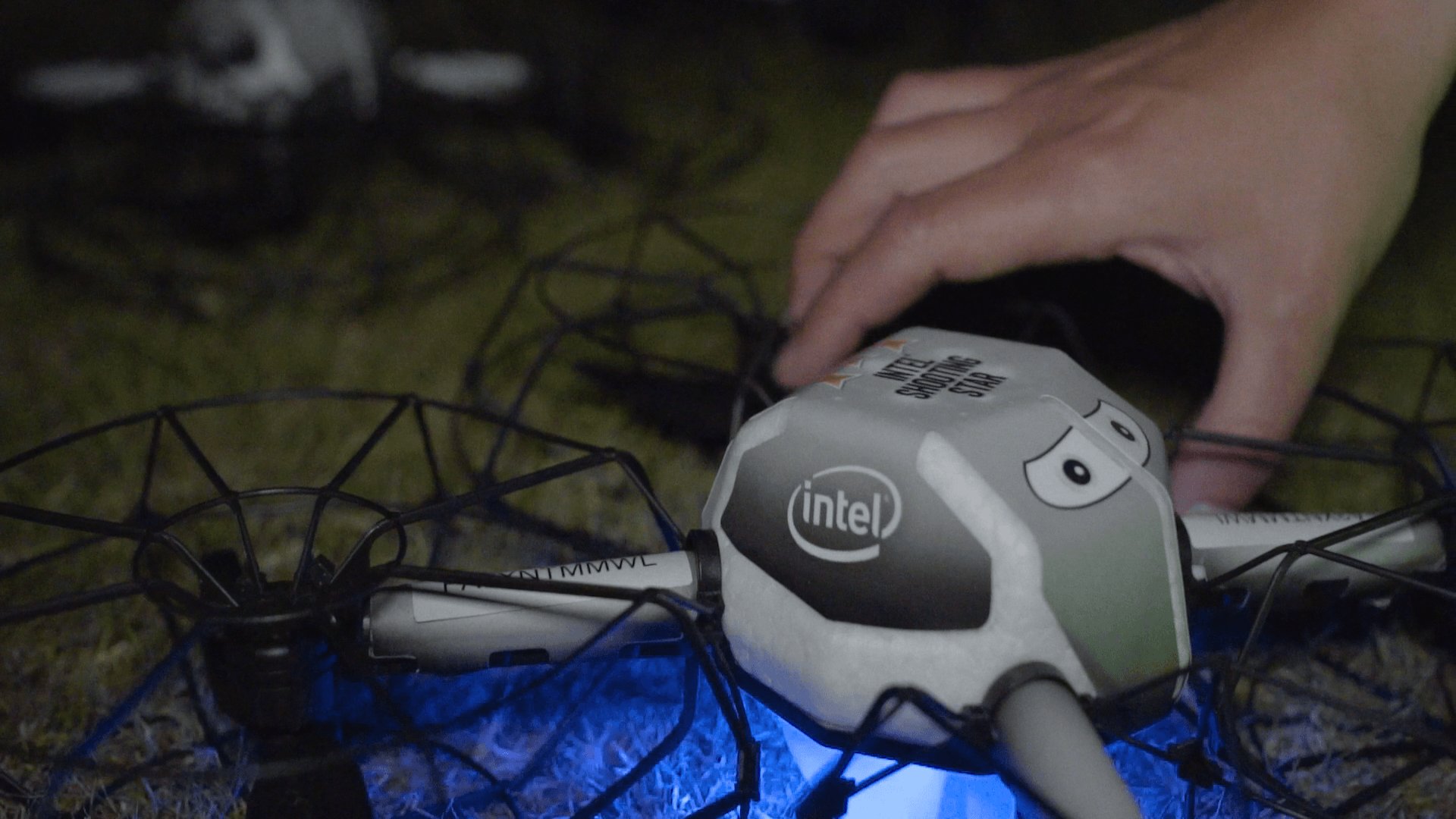

If you’re in downtown Singapore Wednesday night, you’ll see 300 unmanned aerial vehicles (UAVs) light up the night sky in a light show designed and produced by Intel for the country’s 52nd birthday celebration. There are some fears and anxieties over this going well, however. According to Mashable, last month’s rehearsals for the show did not go well, as some of the drones lost GPS signal and weren’t able to be controlled. However, this isn’t Intel’s first rodeo when it comes to light shows via drones.
This past Coachella music festival had a fleet of 300 UAVs dancing in the sky, too—that went swimmingly on all accounts. Not only that, but Intel set a Guinness World Record by upping the ante and coordinating a fleet of 500 drones in Germany last year. Take a look at the footage of that event and tell us Intel isn’t ready to pull tonight’s show off successfully.

That isn’t to say that there aren’t concerns and nerves being tamed as we speak, however. Global drone chief for Intel, Anil Nanduri, says that while the company’s New Technology Group has made huge strides in the tech of the light show drone system they call ‘Shooting Star’, victory should not be assumed. This isn’t the easiest thing to pull off, is essentially his main point. Speaking to Mashable, he said “There’s considerably more operational complexity in handling a 300 drone fleet, compared with 100 drones in a show.”
Of course, he has a point—the hundreds of UAVs are flying in very close proximity to each other, and any mistake in one of the drone’s automated programming could lead to a ripple effect of sorts, ruining the big picture. Thankfully, were anything to happen, such as drones falling from the heavens—Intel’s ‘foam drone’ weighs no more than 330g and would do little to no damage.
“It’s like juggling balls in your hand,” said Nanduri. “You may be able to juggle three, but if you juggle nine, you may have to throw them higher and faster to get more time.”
While this may not be the most effective example, we pick up what he’s putting down here. For a light show of this magnitude to go smoothly, everything has to be accounted for and programmed accurately. Not only that, but external forces such as weather have to be included in the list of variables to consider.
According to Mashable, the aforementioned loss of GPS could have been due to an overcast sky, with the cloud cover preventing line-of-sight from ground to GPS satellites. Nanduri wouldn’t confirm or deny that this is a heavy weight on Intel’s mind on the eve of the show, but at this point, surely everything is. We’ll find out tonight how it goes.